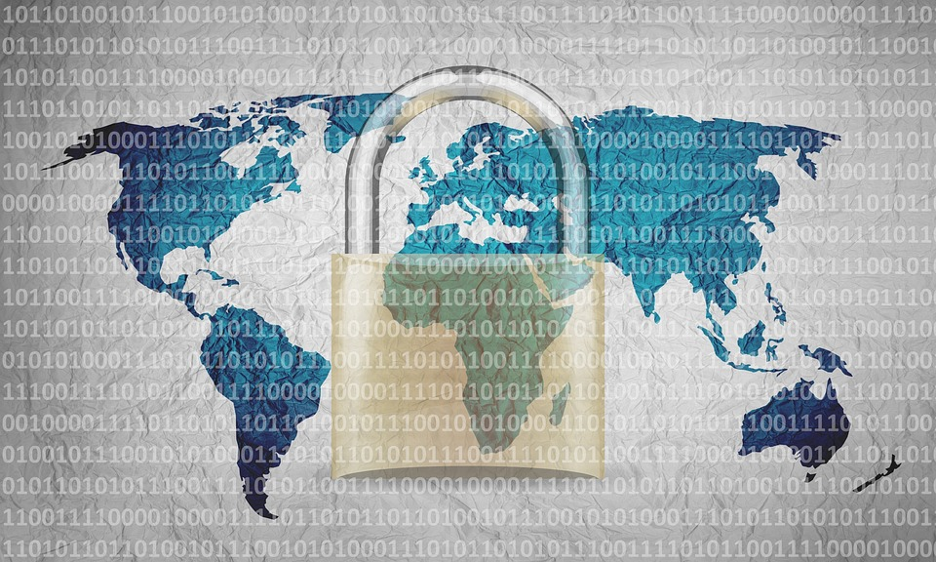A lot goes into ensuring safety while in the online space. One significant step is having the relevant infrastructure in place. These include secure endpoint protection firewalls, intrusion detection, and prevention systems.
But even with the best infrastructure, there must be a way to collect, analyze and report any security-related issues within the infrastructure. Thus comes the critical role of cybersecurity reporting tools. Such provide timely security alerts on threats, allowing quick action from the incident report teams. Furthermore, the right tools can streamline end-to-end testing while automating the planning, documentation, and remediation tracking.
Let’s explore deeper how cyber security reporting tools can help enhance incident response capabilities.
Real-Time Incident Monitoring With Cybersecurity Reporting Tools
One critical role of cybersecurity reporting tools is real-time incident monitoring. The tools monitor network traffic, security events, and system logs as they happen. Any suspicious or abnormal activity can signify an ongoing breach or attack. The reporting tools use techniques like behavior analytics, log analysis, or threat intelligence to identify any anomalies in the patterns.
Real-time monitoring has several benefits, including:
- Early threat detection allows for quick action from the incident response teams.
- Rapid response through a quick assessment to determine the severity of the threat. Once the teams know what they’re dealing with, they can take the necessary action immediately. That helps in minimizing potentially devastating impacts or further compromise to the systems.
- Improved incident visibility clarifies the scope and extent of the security threat. The incident response teams get insights into which part of the system is affected. The result is better targeting and more effective responses to threats.
- Automated alerts via multiple channels such as SMS, email, or incident response platforms enhance communication. The relevant response teams get prompt feedback, thereby allowing for quick action.
- Better team collaboration due to quick access to real-time information on centralized platforms.
Centralized Log Management for Quick Incidence Response
A critical feature of cybersecurity reporting tools is the centralized log management feature. Consider that the reporting tools collect information from various points within the IT infrastructure. That means the applications, servers, security systems, and network devices.
The centralized log management feature allows the collection of all the data in one repository. The most obvious benefit is that the incident report teams get quick access to information whenever needed.
But beyond that is:
- A comprehensive overview of the IT environment, activities, and security events
- Unified information source allows for quicker action from the incident report teams. Depending on the threat, they can quickly trace, identify and determine the best remedial action.
- Multiple source data analysis can help identify anomalies or concerning patterns indicating specific threats.
- Centralization of data helps with historical data analysis, which is critical for developing future threat defense strategies.
- Due to safe storage, centralized log management facilitates compliance, audit support, and data integrity.
Workflow Automation with Cybersecurity Reporting tools
The dependence on manual processes to handle incident reports is time-consuming, costly, and prone to errors. Cybersecurity reporting tools automate such tasks, thus higher efficiency and streamlining activities. Beyond that is faster response times from the teams.
Automation of the incidents also helps with performance monitoring and reporting. The tools have metrics that measure the effectiveness of the incidence report activities. The insights are critical for identifying areas needing improvement as well as the optimization of the processes.
Report generation is further enhanced by the inbuilt capabilities, thus freeing the teams from spending hours on such jobs.
Incident Prioritization and Triage with Incident Reporting Tools
Cybersecurity incidents come at varying levels, with some more severe than others. For proper action, the incident response team should be able to determine the severity and impact through triage, supported by an incident response plan template. After that, the teams can prioritize remedial action, which involves assigning the necessary response and resources based on the triage results.
Different criteria determine the severity of incidents. These include the threat type, affected assets, sensitivity of compromised data, and the potential impact on business operations.
The scoring algorithm in the incident reporting tool will look at factors like impact, urgency, and potential disruption to the IT infrastructure.
The reporting tools generate incident tickets after identifying and categorizing the threat. It can then assign the appropriate responder to take care of the issue. Besides ticketing, the entire response process is easier to trace and manage.
Finally, the incident reporting tools can use the metrics and data for trend analysis. That’s a critical step in identifying and preventing the recurrence of such incidents.
Better Compliance and Auditing
Cybersecurity reporting tools help ensure compliance with industry requirements such as PCI DSS, GDPR, HIPAA, etc. Inbuilt features in the tools, like reports, controls, and templates, align with the necessary frameworks.
Furthermore, there’s evidence from the reports of commitment to cybersecurity measures. That makes it easy to audit the process and systems. Detailed audit trails within the IT infrastructure ensure accountability and compliance.
Enhance Incidence Responses with Cyber Security Reporting Tools
Cybersecurity reporting tools will enhance the incident response in so many ways. Real-time reporting gives instant information allowing for quick action. Centralization of data means quick access to information. Automation improves efficiency by streamlining workflows and more.

